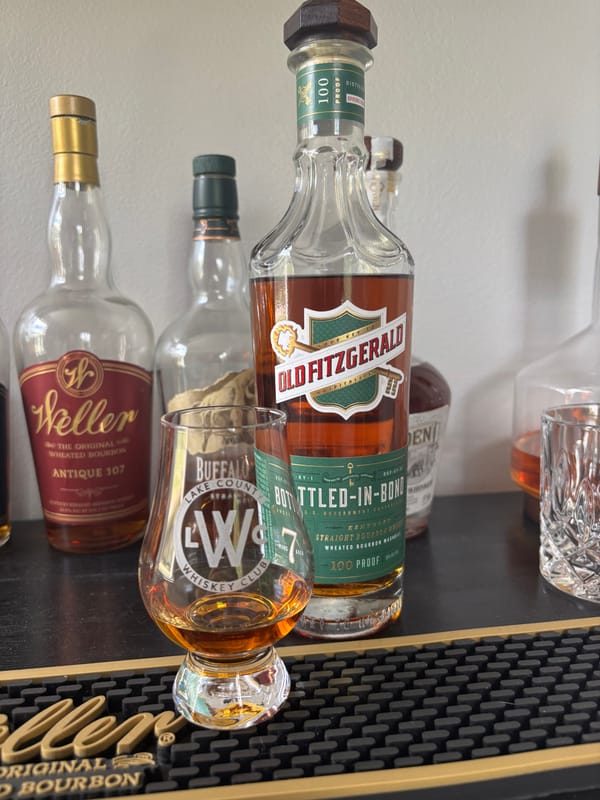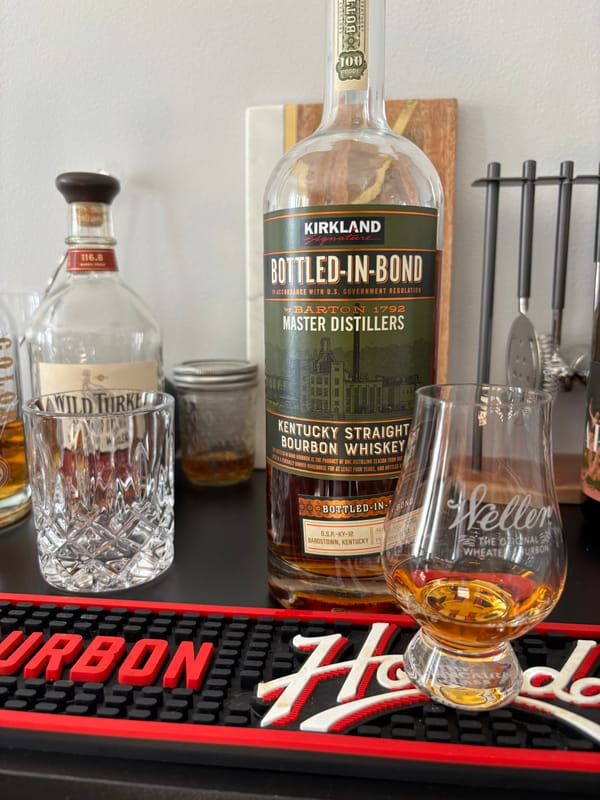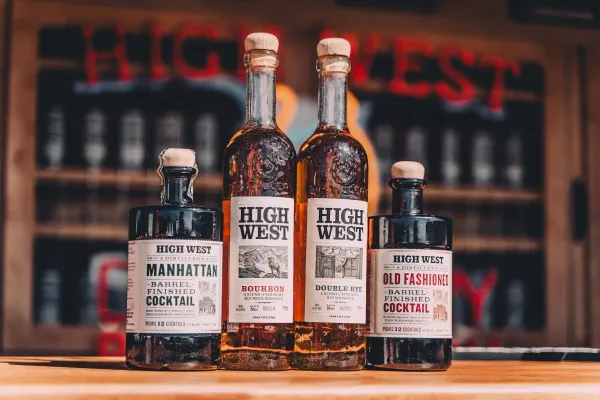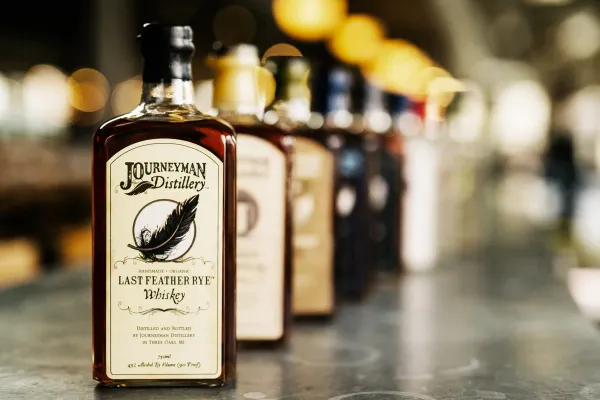Whiskey Enzyme Activity Guide: The Spark You’ll Wish You’d Ignited Sooner

Enzyme Activity: The Whiskey Fire You Can’t Ignore
Enzyme activity isn’t just chemistry—it’s whiskey’s flavor igniter, and if you don’t know its spark, you’re missing the fire that fuels every mash. It’s biology, not magic. Here’s the solid truth about enzyme activity in whiskey, from grain to sip, and why it’s your 2025 must-grasp.
What Is Enzyme Activity in Whiskey?
U.S. law defines whiskey—51% grain minimum, 160 proof max distillation, 125 proof max barreling, 80 proof minimum bottling, and new charred oak aging. Enzymes—naturally in malted barley—convert starches to fermentable sugars during mashing at 180-200°F. Every whiskey’s sugar surge starts here, no law controls it.
How Enzyme Activity Shapes Whiskey
Grain—51% corn, rye, or wheat—mills to flour, cooks with 6-12% malted barley in water at 180-200°F—enzymes (amylase) break starches into sugars over hours. Cooled to 75-90°F, it ferments to 8-10% ABV in three to five days, distills to 160 proof max, ages two-plus years—oak adds vanilla—enzymes drive the flavor’s base, every molecule matters.
What Enzyme Activity Means for Your Sip
Strong enzyme action maxes sugars—bourbon’s corn sweetens vividly, rye’s spice pops—oak’s caramel joins at 80 proof. Weak enzymes dull it—every sip’s intensity—law allows it—rests on this spark, no additives boost it.
Why Enzyme Activity Matters in 2025
Enzyme activity’s whiskey’s flavor fuse—by 2025, knowing it could ignite every pour’s vibrancy, from bold to bright. It’s the truth in the mash—don’t miss its fire. Want to taste the enzyme’s spark?
Check out NEAT: Whiskey Finder—it’ll help you track down bourbon and whiskey near you.





